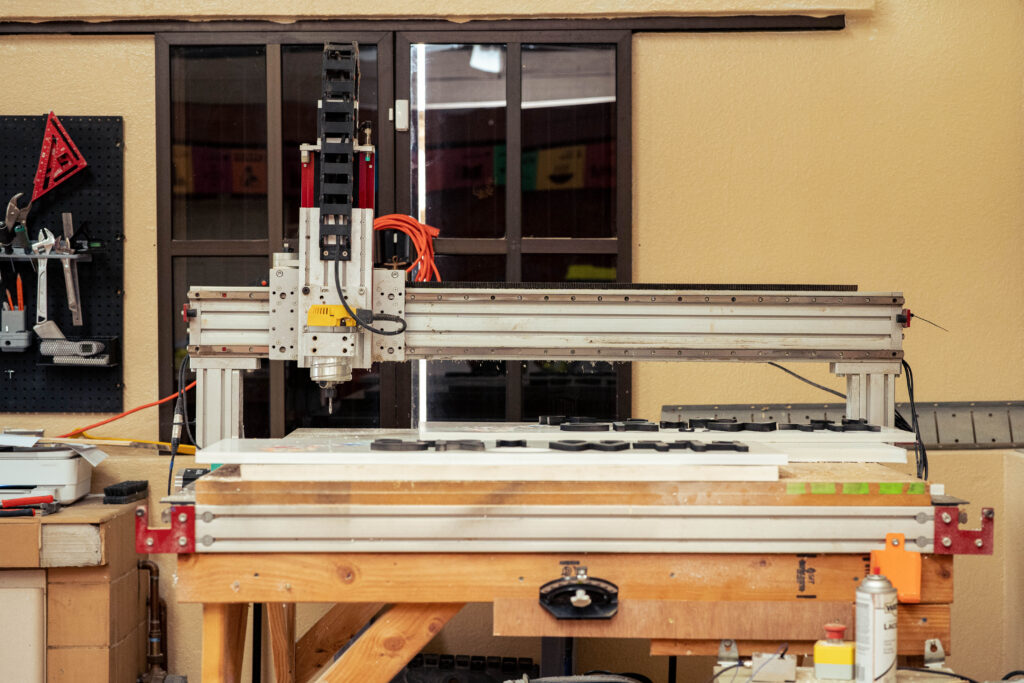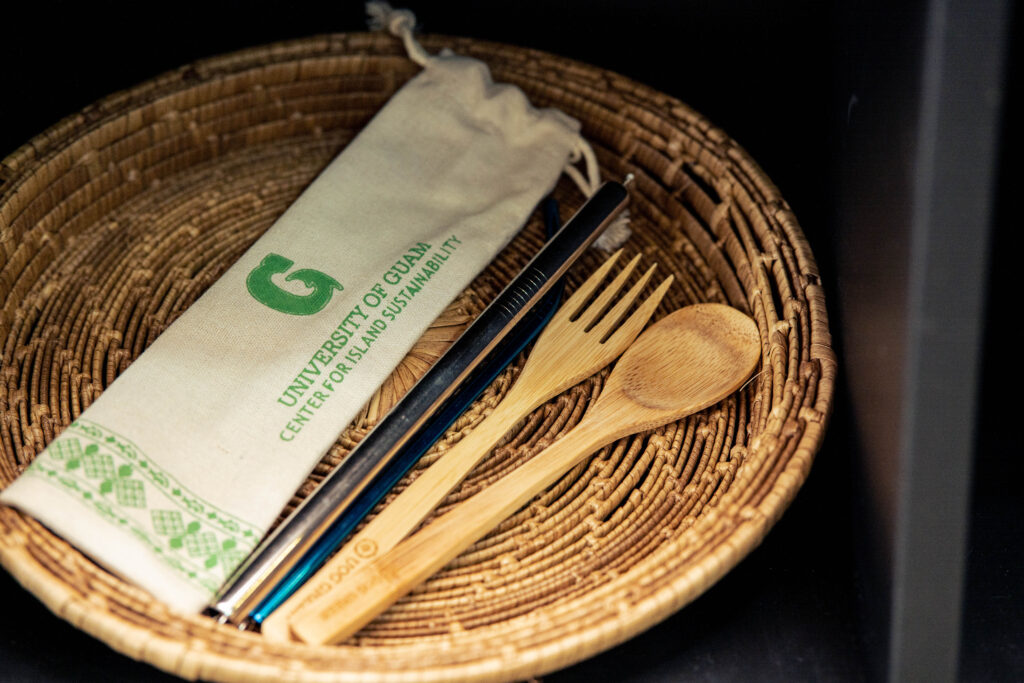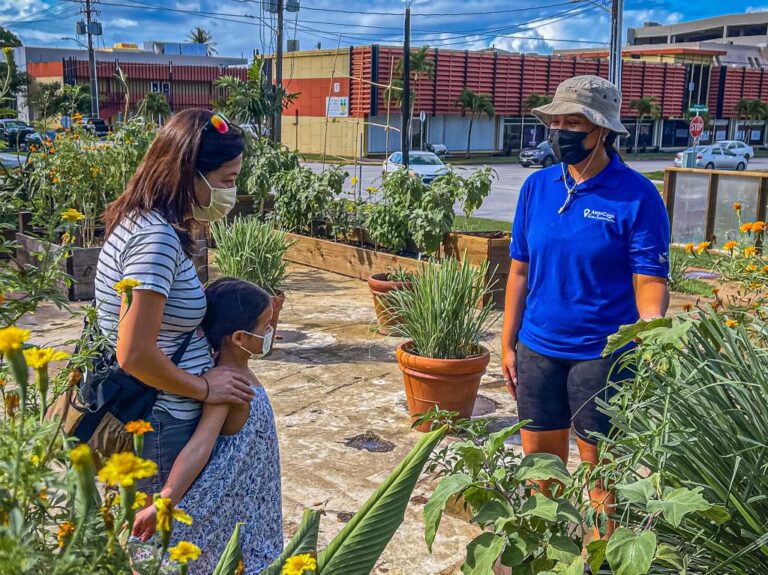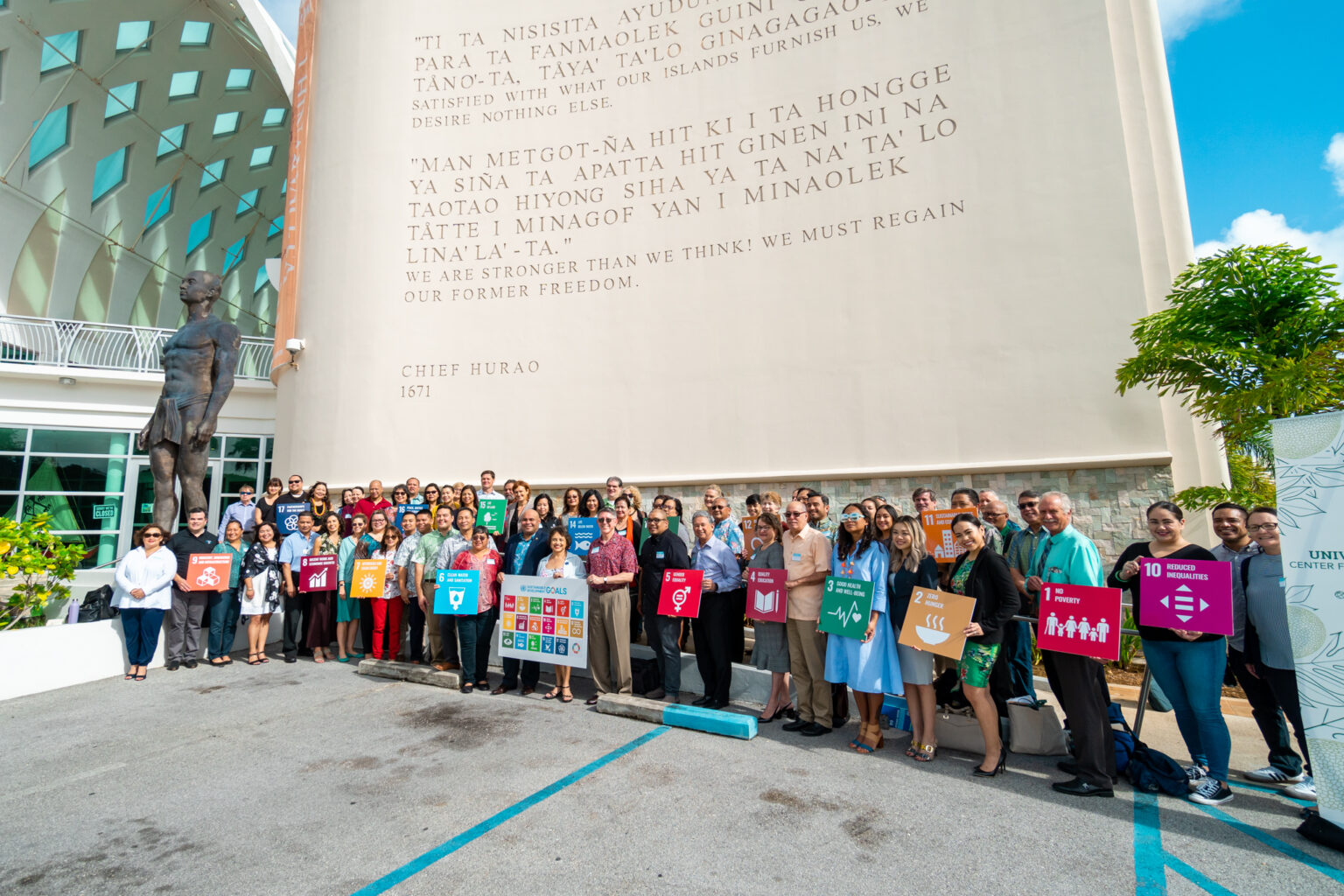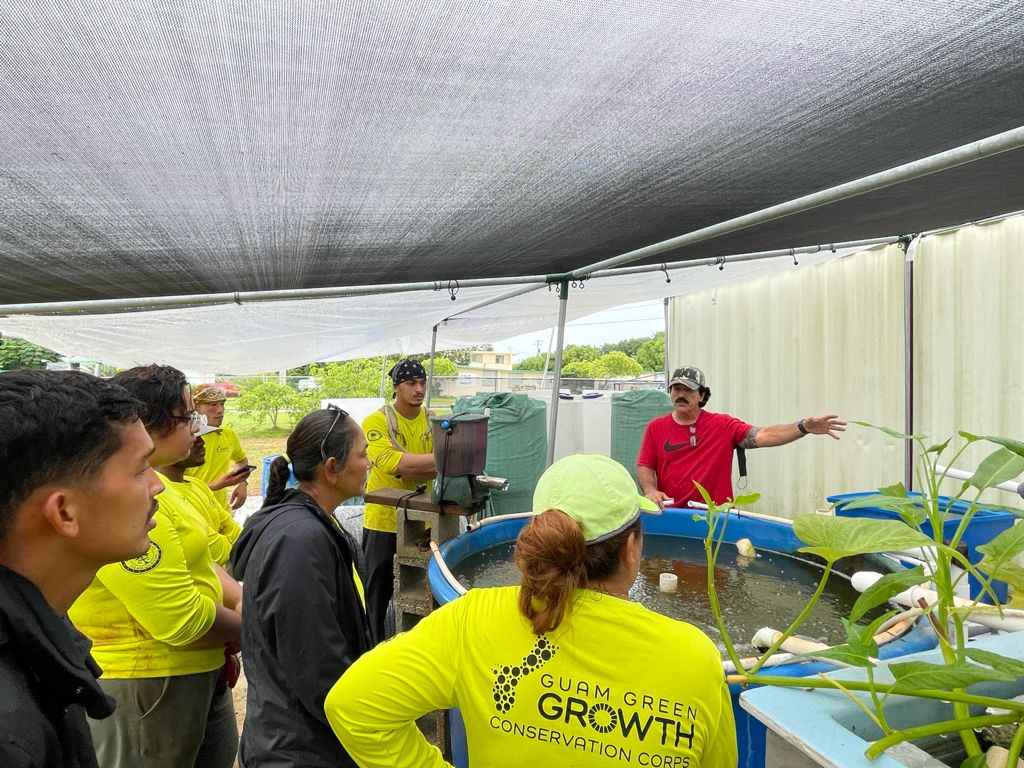Community sites to gain bins for beautiful Guam

Making strides to decrease Guam’s litter, illegal dumping sites, and rubbish rapidly filling the local landfill, dozens of waste and recycling bins will be placed at select areas throughout the island for residents to use come the New Year.
The Guam Green Growth (G3) Initiative and members of partnering organizations will place a total of 50 waste bins and 20 recycling bins at village mayors’ offices, the CHamoru Village, the University of Guam, beaches, parks, and other public locations.

Members of the community are highly encouraged to use the bins to dispose of their trash, and sort metal, aluminum, and glass.
The project is aligned with the G3 Action Framework and supports G3’s goals to ensure sustainable production, consumption, and waste disposal patterns by 2030, and to provide universal access to safe and green public spaces.
Funded by the Recycling Revolving Fund, the initiative is a collaboration with various local and regional partners, to include the Island Beautification Task Force, the Guam Environmental Protection Agency, the Guam Department of Parks and Recreation (DPR), the Guam Department of Public Works, the Port Authority of Guam, and the Mayors’ Council of Guam. The effort also contains cooperative agreements with i*recycle Guam and the Micronesia Islands Nature Alliance out of Saipan to site bin locations, oversee bin fabrication and monitoring, and advise on waste maintenance, sorting, proper disposal methods, and community outreach.
“This project has been an amazing collaborative effort pulling from the experience, expertise, and capabilities of our local agencies, nonprofits, and businesses,” stated Lauren Swaddell, G3 coordinator. “The recycling bins will be a managed, monitored, and convenient space for people to drop off their recyclables in their villages.”

Swaddell emphasized proper waste disposal protects life on land, in the ocean, in rivers, and, ultimately, boosts island beautification, community pride, and the experience of being outside.
Roque Alcantara, DPR director, looks forward to the disposal of trash and recyclables being more regulated and controlled throughout Guam’s parks and beaches, along with the education and awareness the bins’ presence will offer residents.
“The addition of these waste bins will have more people concerned and, at least, obligate themselves to dispose of their trash,” he stated. “If you want your island to be clean and beautiful, be mindful and take ownership of our island’s beauty.”
Peggy Denney, i*recycle program administrator, has witnessed trash overflowing throughout many sites on island and spent years sorting through trash to obtain recyclables, knowing first-hand both the difficulty and benefits of recycling.
“When recyclables are not sorted properly from landfill waste, a considerable amount of time must be spent sorting out the recyclables,” said Denney. “I think it’s incredibly important to help people understand that the waste we generate is basically our responsibility.”
Denney is hopeful continued recycling efforts through the presence of bins will provide additional assistance to residents without curbside recycling, more funding for schools through the collection of aluminum cans, the extension of Guam’s landfill lifespan, and the conserved water and energy typically used to extract for landfills.
“Many desire to make these positive changes within their households, but, oftentimes, separated bins are not available or accessible,” stated Jesse Alig, Mayors’ Council of Guam president. “Taking small steps to separate our waste and properly disposing them will help to secure a bright future for all who call Guam home.”
About G3
Aligned with the 17 U.N. Sustainable Development Goals, the Guam Green Growth Initiative, or G3, cultivates an ecosystem for transformative action to achieve a sustainable, prosperous, and equitable future for Guam. The University of Guam facilitates the island-wide initiative in cooperation with the Office of the Governor of Guam and the 99 members of the G3 Working Groups, representing all sectors of society.









